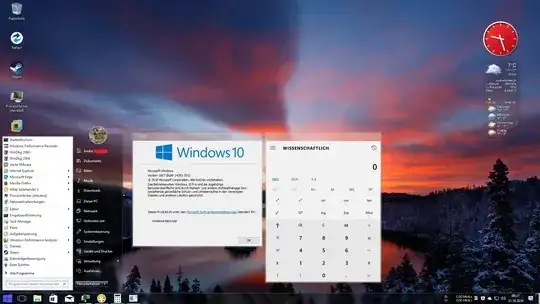I recently purchased a ASUS VivoBook X556UQ-NB71 from Newegg and I'm trying to install Windows 7 on it but I'm having some issues. From what I can tell the issue lies with not having the proper drivers on my installation media for the Windows 7 installation setup to use.
I have went to the ASUS support site and started a live chat to try to locate the drivers. When I asked for a link for Windows 7 drivers I was told that the laptop only supports Windows 10. I can't believe this is true.
So I went to the Intel website and searched around in the download center for Skylake Chipset drivers for Windows 7, with no results.
Is it possible that newer hardware does not support Windows 7?
I have to assume that the download center does not have an executable that runs on Windows 7 to install the drivers. That the drivers do exist and are OS version agnostic but are only obtainable through executables that must run on Windows 10 to get them. Is this the case?
A follow up question is, is there a way to get the drivers I need from the current Windows 10 installation on the laptop and use them during the Windows 7 installation?
